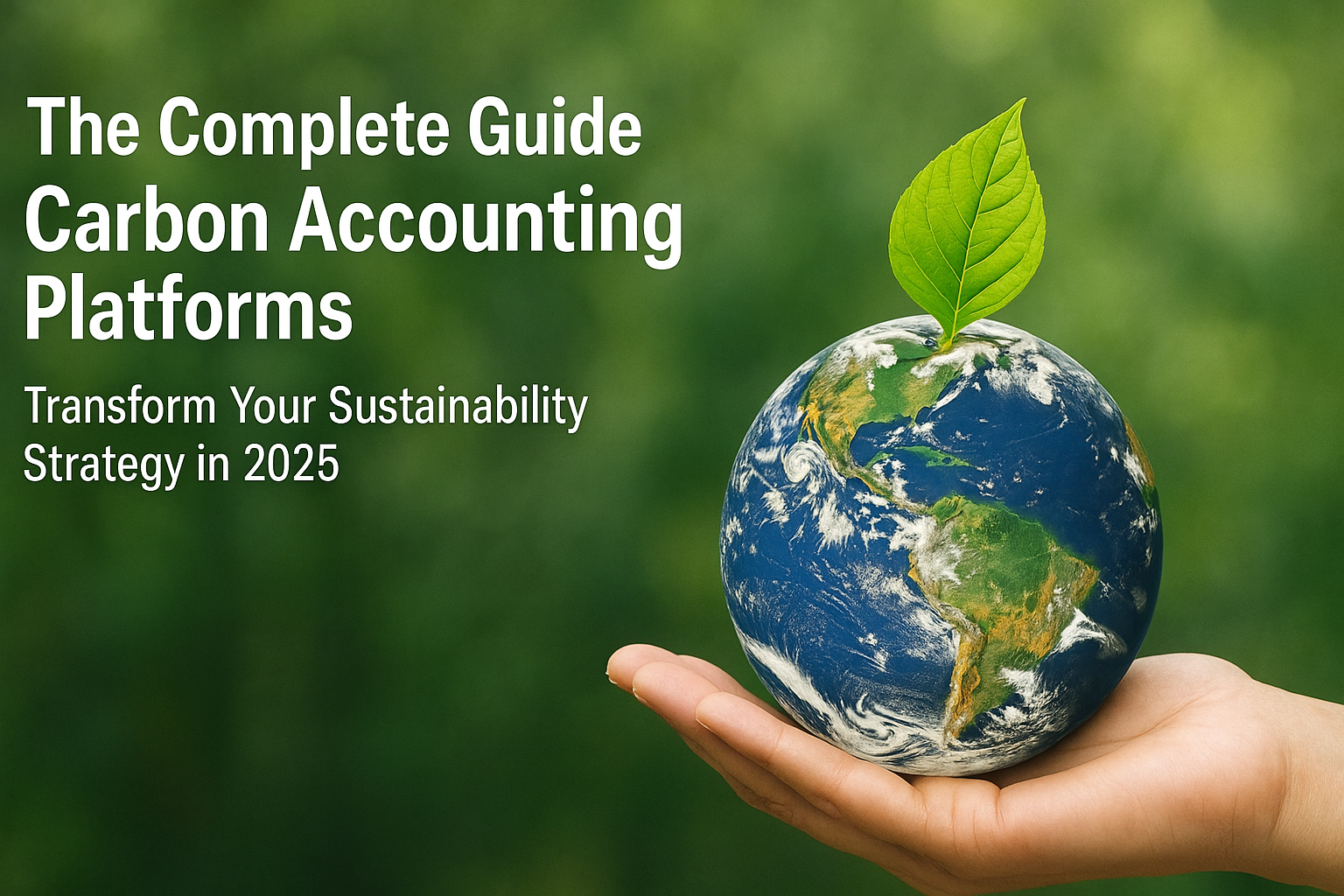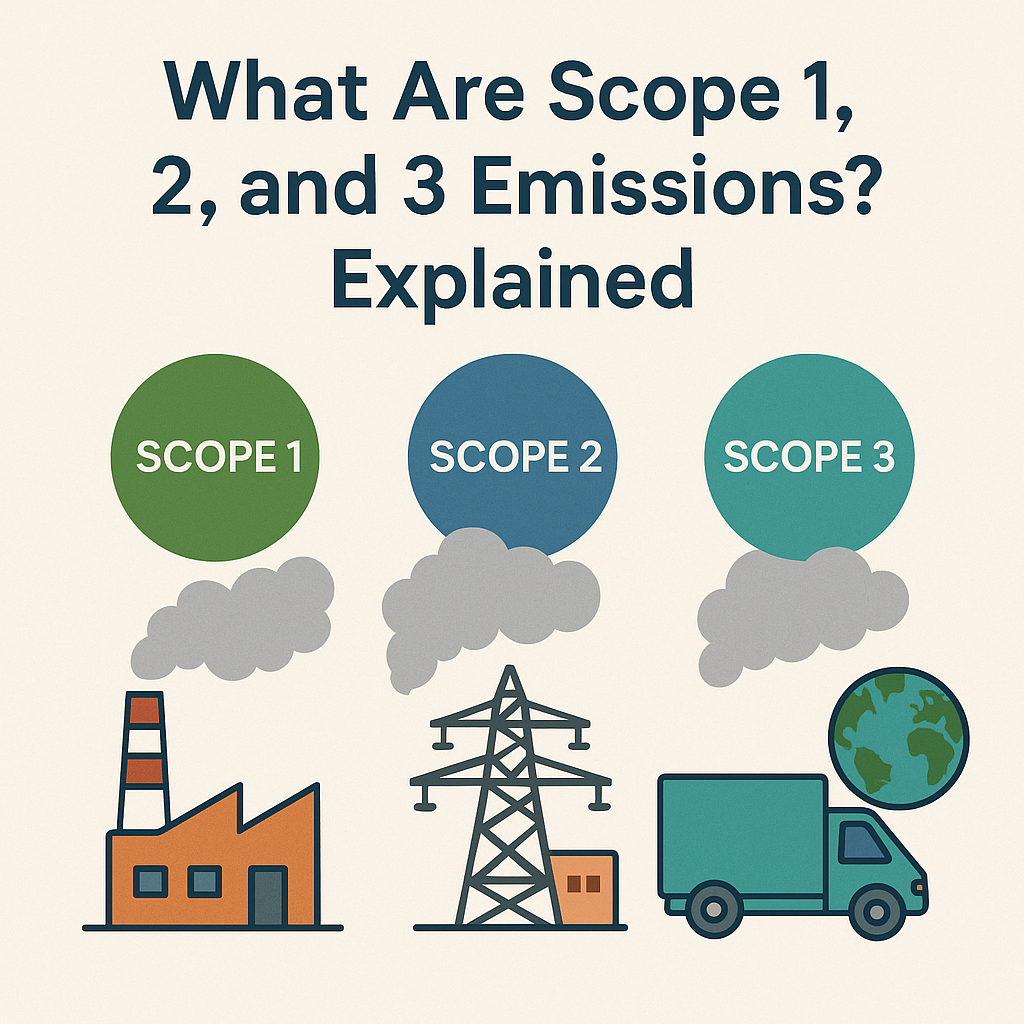Scope 2 emissions are greenhouse gas emissions indirectly associated with an organisation's operations. Unlike Scope 1 emissions, which encompass direct emissions from sources an organisation owns or controls, Scope 2 emissions are linked to the production of purchased electricity, heating, cooling, and steam consumed by an organisation. In essence, they represent the environmental impact resulting from the generation of the energy a company consumes.

What is the significance of Scope 2 Emissions?
To comprehend the role of Scope 2 emissions in corporate sustainability, it is essential to recognise their implications:
- Energy Consumption: The majority of Scope 2 emissions are the result of an organisation's energy consumption, especially electricity. By measuring and managing these emissions, businesses can gain insights into the carbon intensity of their energy sources.
- Procurement Decisions: The nature of Scope 2 emissions makes it clear that the carbon footprint of purchased electricity can significantly impact an organisation's overall emissions profile. Businesses can make informed decisions about their energy procurement, choosing low-carbon or renewable energy sources to reduce Scope 2 emissions.
- Emissions Reporting: Understanding Scope 2 emissions is crucial for reporting purposes. Many sustainability reporting frameworks and initiatives, including the Carbon Disclosure Project (CDP) and sustainability rankings, require organisations to report on their Scope 2 emissions. Accurate reporting enhances transparency and credibility.
- Setting Reduction Targets: Just as with Scope 1 emissions, quantifying Scope 2 emissions allows organisations to set emissions reduction targets. By reducing the carbon intensity of purchased electricity and energy, organisations can make progress towards achieving these targets and contributing to global climate goals.
What are the Scope 2 emissions considerations for Businesses?
For businesses looking to navigate the landscape of Scope 2 emissions, here are some practical considerations:
- Transparent Data Collection: Accurate measurement starts with comprehensive data collection. Collaborate with energy providers to obtain data on the carbon intensity of the electricity consumed. Many providers offer disclosure on emissions factors, enabling organisations to assess the environmental impact of their energy use.
- Renewable Energy Procurement: To mitigate Scope 2 emissions effectively, organisations can explore renewable energy procurement options, such as solar or wind power purchase agreements (PPAs). Investing in low-carbon or renewable energy sources not only reduces emissions but also demonstrates a commitment to sustainability.
- Efficiency Measures: Beyond switching to cleaner energy sources, improving energy efficiency can significantly impact Scope 2 emissions. Implementing energy-efficient technologies and practices reduces the overall energy consumption, indirectly lowering emissions.
- External Collaboration: Engaging with stakeholders, such as energy providers and regulatory bodies, can provide valuable insights into emissions reduction opportunities. Collaborative efforts can lead to the development of innovative solutions for greener energy procurement.
What are the methods for accounting scope 2 emissions?
According to the GHG Protocol, the are two scope 2 accounting methods: the Market-Based Method and the Location-Based Method
The Market-Based Method involves assessing emissions by considering GHG emissions from generators with which the reporter has contractual agreements for electricity. This includes emissions from bundled contractual instruments or standalone contractual instruments. The emission factors in this method are derived from the GHG emission rate represented in the contractual instruments, provided they meet Scope 2 Quality Criteria. This method applies to operations in markets where consumers have choices among electricity products or where supplier-specific data, in the form of contractual instruments, is available. It is applicable to all electricity grids and is particularly useful for revealing individual corporate procurement actions, opportunities to influence electricity suppliers and supply, as well as risks and opportunities associated with contractual relationships, including potentially legally enforceable claims rules.
On the other hand, the Location-Based Method quantifies Scope 2 GHG emissions based on average energy generation emission factors for defined geographic locations, which can include local, subnational, or national boundaries. The emission factors in this method represent the average emissions from energy generation within a specified geographic area and time period. This method is applicable to assessing the GHG intensity of grids where operations occur, irrespective of the market type. It is particularly useful for evaluating the aggregate GHG performance of energy-intensive sectors, such as comparing electric train transportation with gasoline or diesel vehicle transit. The Location-Based Method is also valuable for identifying risks and opportunities aligned with local grid resources and emissions.
In terms of what each method's results omit, the Market-Based Method does not account for average emissions in the location where electricity use occurs. Conversely, the Location-Based Method does not consider emissions from differentiated electricity purchases, supplier offerings, or other contracts. Understanding these distinctions is crucial for organisations seeking to comprehensively assess and manage their Scope 2 GHG emissions.



